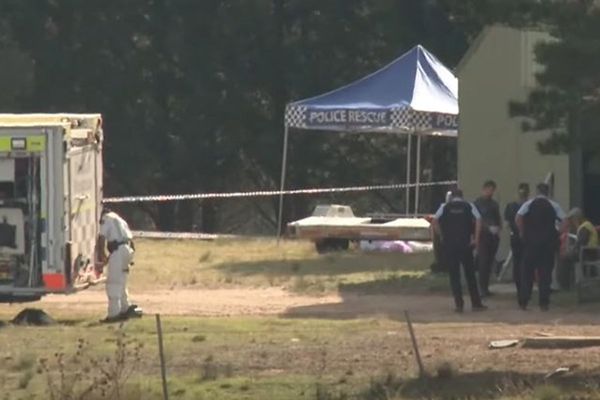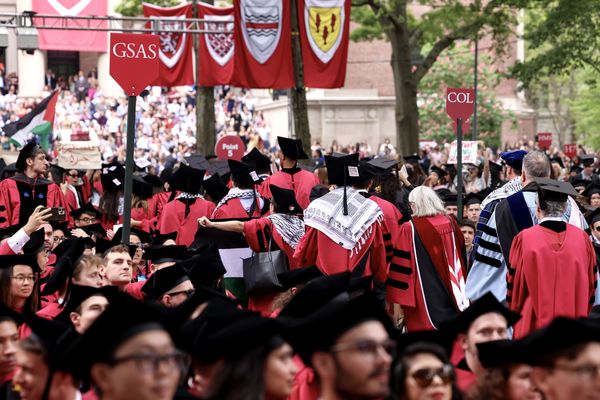
Some costs of the recently ended supercharged 2024 Atlantic hurricane season, those that can be quantified at least, are astounding.
A succession of storms that ravaged large areas of the US killed at least 375 people, the most in the mainland US since Hurricane Katrina in 2005. Some estimates pegged damage and economic loss at $500bn.
Another eye-catching figure is 10m, which is the number of trees the non-profit Arbor Day Foundation (ADF) is planning to plant in six of the worst-hit states over the next four years to replace those destroyed by the major hurricanes Beryl, Debby, Helene and Milton, and other cyclones, in the season that concluded on 30 November.
The group says it’s impossible to know exactly how many trees were lost, but the restoration program that will be executed in Tennessee, Virginia, North Carolina, South Carolina, Georgia and Florida, with assistance from state and local governments, corporate sponsors, community groups and individual volunteers, will be the most ambitious undertaking of its more than 50-year existence.
ADF has worked previously in other affected areas, most recently with partners along Florida’s Gulf coast, Panhandle and in Miami after Hurricanes Irma and Michael in 2017 and 2018 respectively, but nothing on this scale.
“The emotion that you see from people when they get to get a tree, to take home to plant, to be an active part of recovery, bringing life and hope and healing back to their neighborhoods and to their community is inspiring,” said Dan Lambe, ADF’s chief executive.
“What’s so cool about it is it’s every different part of the community you could imagine, every demographic, every age category. People are just so excited to be contributing to the recovery.
“And beyond the emotional side of it, in these cities, these communities and these forests, trees are not a nice-to-have, they are a must-have.
“From extreme heat, from biodiversity challenges, and ecosystem challenges to the just broader resilience and readiness for the next storm, trees just do so much for us. So it’s both an emotional and an environmental recovery, and we’re proud to get to be a part.”
One of the largest areas of focus will be Florida’s heavily populated Tampa Bay region. Although it escaped direct hits from any of the state’s record-tying three landfalling major hurricanes this year, Debby, Helene and Milton, the storms’ giant wind fields still caused severe impacts.
“I was born and raised here, and I’ve never before seen such devastation, so many trees down,” said Debra Evenson, executive director of the Keep Tampa Bay Beautiful environmental group that has partnered with ADF to identify the greatest areas of need and set up a replanting schedule.
“They covered the streets. Just on our property, at our office, we probably had five trees down. The devastation was everywhere. It wasn’t just one specific area, it hit all of Tampa Bay, just thousands and thousands of trees.”
Evenson’s group can count on more than 25,000 volunteers to assist with the project, which she expects to begin before the end of this year with community giveaways, and ramp up after new year with planting days. Schools, lower-income neighborhoods and community spaces will receive early attention.
“It’s like, OK, what type of trees do we want to get? We can plant trees in parks and rights of way, but right now it’s like we really want to give trees to the community to help with the canopy,” she said.
“It’s in the community, in people’s homes, where so many were lost. They’re crepe myrtles, live oak and magnolia trees … you don’t really understand everything the trees provide until they’re gone. It’s not just air quality, it’s reducing stormwater runoff, it’s providing shade that regulates temperature. We’re in Florida, it’s 100F sometimes, and it’s like ‘why is my electric bill so high?’
“It’s because you’re missing your shade trees now. So these trees will be substantial to the community and help with not just all of that, but the conservation and the natural beauty.”
Evenson said bringing fruit trees back to deprived areas would also be a priority.
“We go into areas that are food deserts, where they don’t have the funds to replant these types of big trees that grow and give shade and bear fruit. To them, this is life-changing,” she said.
Lambe said Asheville, the historic North Carolina city flooded and torn apart by Hurricane Helene, was another area of great need.
“We’ve already been distributing trees with community leaders there, to neighborhoods that are ready to replant,” he said.
“It was shocking that a community like Asheville was being impacted by a hurricane, and they don’t have a lot of experience with recovery. We’ve been able to take lessons from elsewhere and remind partners that first of all you take an inventory, do an assessment, don’t rush the restoration.
“Do it when it’s right, and know that the Arbor Day Foundation is going to be there to help with those recovery efforts as a long-term commitment, because we want to give confidence to those communities that we’re ready to help.”







